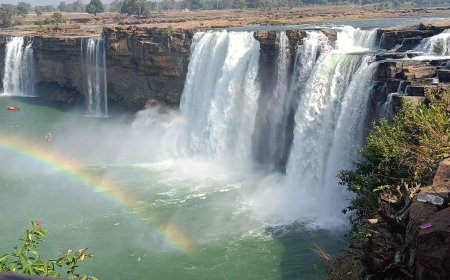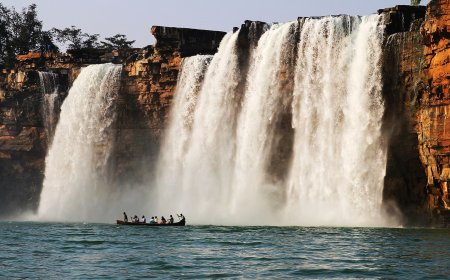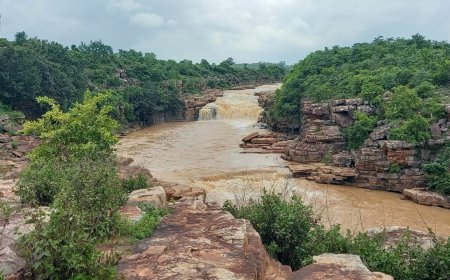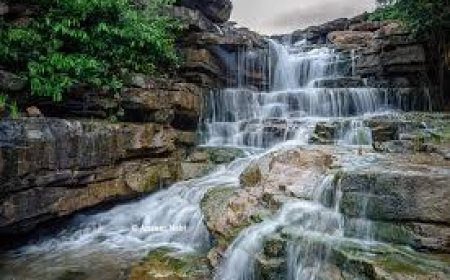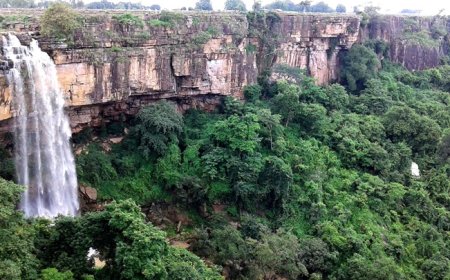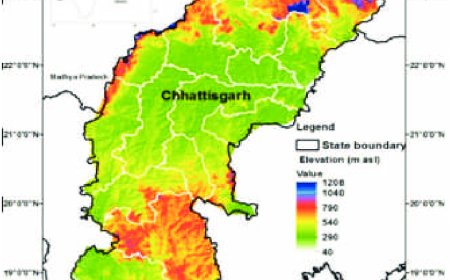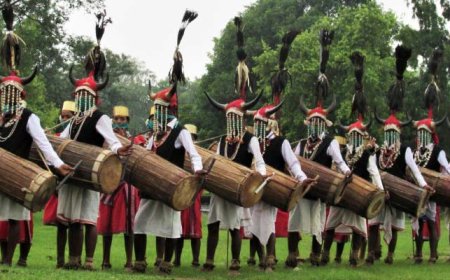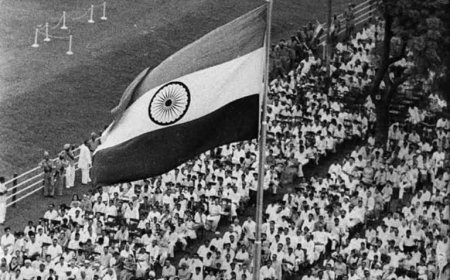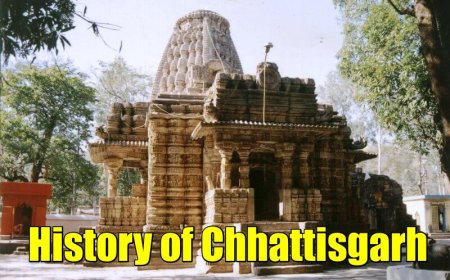History of Chhattisgarh – The Land of Culture, Courage & Heritage
History of Chhattisgarh – The Land of Culture, Courage & Heritage
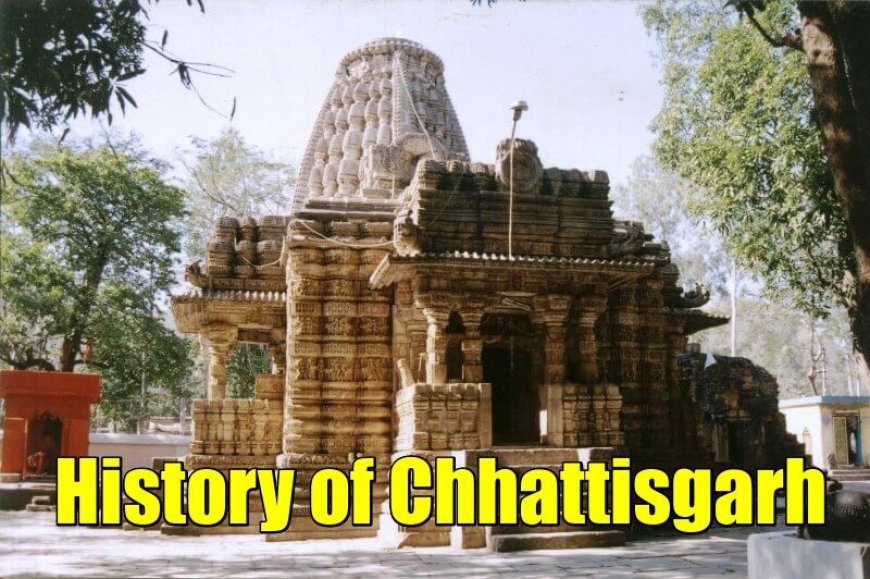
History of Chhattisgarh – The Land of Culture, Courage & Heritage
Chhattisgarh, located in the heart of India, is a state with a glorious past, rich traditions, and deep cultural roots. Known as the “Rice Bowl of India” and the land of tribals and temples, Chhattisgarh’s history is a blend of ancient dynasties, cultural evolution, and struggles for identity.
Ancient History
The history of Chhattisgarh can be traced back to ancient times, when it was a part of the great empires of India. References to this region are found in ancient scriptures and epics like the Ramayana and Mahabharata. The territory was known as Dakshin Kosala, a name that appears in many historical records. Lord Rama is believed to have spent part of his exile in the forests of this region.
Archaeological evidence, including stone tools, megaliths, and inscriptions, suggests that human civilization flourished here thousands of years ago.
Medieval Era
During the medieval period, Chhattisgarh was ruled by several powerful dynasties, including the Kalachuris of Ratanpur. The Kalachuri kings expanded their influence and developed art, architecture, and temples. The remains of their rule can still be seen in temples like Mahadev Temple at Sirpur and other heritage sites.
This era also saw the rise of tribal kingdoms and local rulers who shaped the unique identity of the region. Chhattisgarh’s temples, step-wells, and sculptures from this time reflect a high level of craftsmanship.
Maratha & British Period
In the 18th century, the Marathas invaded Chhattisgarh, making it part of the Nagpur kingdom. Later, after the defeat of the Marathas, the British took control of the region in the early 19th century.
Under British rule, Chhattisgarh remained relatively isolated, with its dense forests and tribal population kept away from mainstream development. However, the region was rich in natural resources such as coal, iron ore, and forests, which soon caught the attention of the colonial administration.
Freedom Struggle in Chhattisgarh
The people of Chhattisgarh actively participated in India’s freedom struggle. Tribal leaders and freedom fighters like Veer Narayan Singh of Sonakhan emerged as heroes. Veer Narayan Singh led a rebellion against the British in 1857, making him the first freedom fighter of Chhattisgarh. His courage and sacrifice remain an inspiration for generations.
Formation of Chhattisgarh State
After independence, Chhattisgarh continued as a part of Madhya Pradesh. For decades, the people of this region demanded a separate state, citing their unique culture, language, and needs for development. Finally, on 1st November 2000, Chhattisgarh was carved out of Madhya Pradesh, becoming the 26th state of India.
Chhattisgarh Today
Today, Chhattisgarh is known for its rapid development, rich mineral wealth, tribal traditions, and tourism potential. The state is blessed with natural beauty, waterfalls, forests, and heritage sites such as Sirpur, Barnawapara Sanctuary, Chitrakote Falls, and Danteshwari Temple.
It has successfully preserved its tribal culture, folk dances like Panthi and Raut Nacha, and festivals like Bastar Dussehra, which showcase the state’s unique identity.
Conclusion
The history of Chhattisgarh is a tale of bravery, culture, and resilience. From the days of Dakshin Kosala to its recognition as a modern state, Chhattisgarh has always been a land of pride. With its rich past and promising future, it continues to shine as the Heart of Incredible India.
What's Your Reaction?
 Like
0
Like
0
 Dislike
0
Dislike
0
 Love
0
Love
0
 Funny
0
Funny
0
 Angry
0
Angry
0
 Sad
0
Sad
0
 Wow
0
Wow
0
